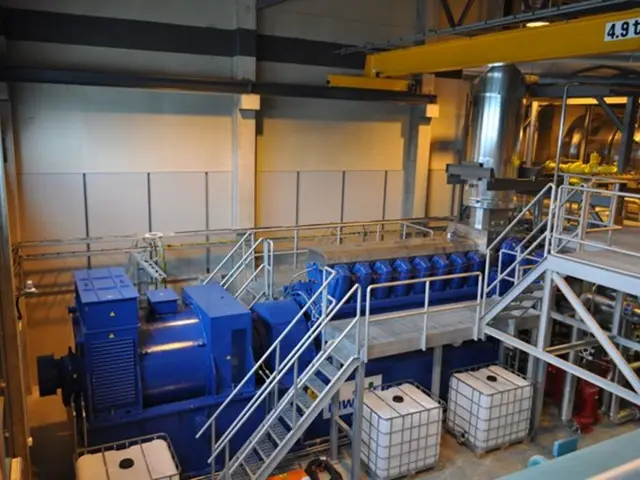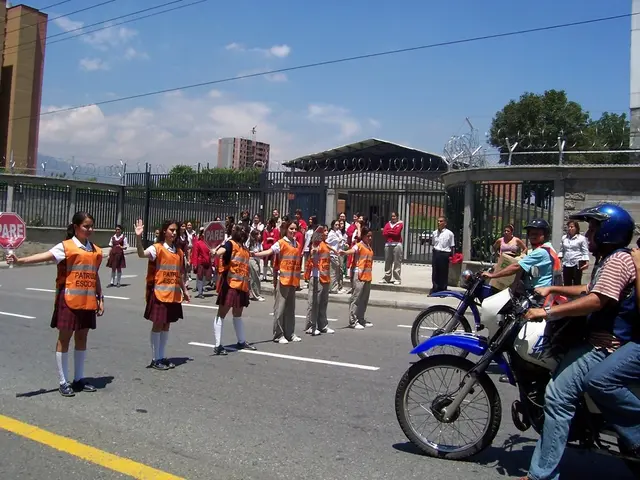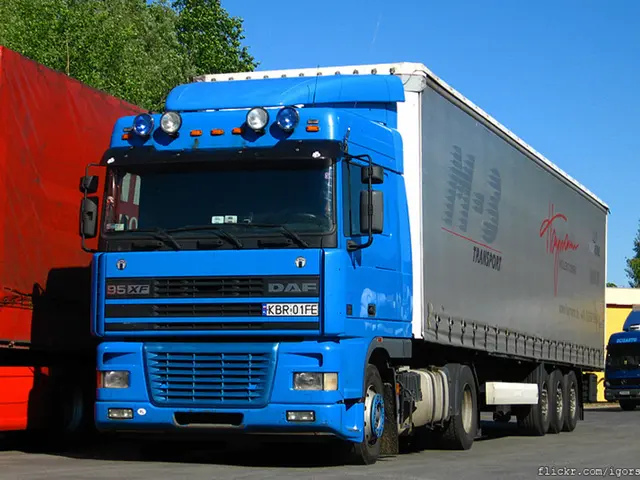Taxi drivers take to the streets in Nuremberg, organizing a demonstration due to disputes with the city council over licensing regulations and rates.
In the bustling streets of Nuremberg, a convoy of taxis takes to the road in the morning, rallying against the tough competition posed by services such as Uber and Bolt. As Roland Kerl, a representative from the Nuremberg Taxi Center, puts it, "These rock-bottom prices are jeopardizing the very existence of our businesses. Vulnerable groups like seniors, the disabled, and people who depend on round-the-clock transportation services would be left high and dry if the taxi industry takes a hit." The protest kicks off at 10:30 AM on Andernacher Street, culminating at Sebalder Platz where an open letter bearing signatures will be handed over to Nuremberg city officials. Approximately 100 vehicles are expected to participate.
The battle between traditional taxi services and digital ride-hailing behemoths like Uber and Bolt is a global phenomenon, shaped by rapidly evolving technology, fluctuating consumer preferences, and shifting regulations.
In the arena of convenience, ride-hailing apps outshine traditional taxis with their mobile technology offering easy booking, upfront pricing, and cashless transactions. This user-friendly approach has contributed to a steady decline in traditional taxi usage in numerous cities.
On the prices Front, ride-hailing companies offer dynamic pricing and ride-sharing options, often proving cheaper than traditional taxis, especially during off-peak hours. In cities like San Francisco, real-time fare comparison between taxis and ride-hailing services is now possible, increasing transparency and competition.
Regulatory responses have been diverse. For example, San Francisco’s fare comparison pilot aimed at enhancing taxi driver earnings and recruitment, demonstrating that traditional taxis can compete when integrated with modern technology. On the other hand, countries like Malaysia and Singapore have enforced strict licensing and antitrust regulations to ensure fair competition.
Ride-hailing platforms harness AI and machine learning for route optimization, demand forecasting, and customer service, while traditional taxis often lag behind in adopting such innovations.
The impact on the taxi industry has been significant. Reduced demand for traditional taxis due to their cheaper alternatives has led to decreased income for taxi drivers and companies, compelling traditional taxi industries to embrace digital platforms and integration with ride-hailing technology to remain competitive.
The rise of ride-hailing has ignited protests and strikes among traditional taxi drivers in various cities, including Nuremberg. These protests usually revolve around unequal regulatory treatment, lack of safety oversight for ride-hailing drivers, and perceived threats to livelihoods.
Urban mobility is undergoing a transformation, moving towards on-demand, app-based transportation, reducing the need for private car ownership and changing urban infrastructure requirements.
The protest in Nuremberg, though specific details are scarce, typically centers on the themes of unequal regulation, economic impact, and demand for fair competition. These protests are part of a broader global pattern as urban transportation markets navigate the challenges posed by new technologies and business models.
The financial well-being of traditional taxi businesses is at stake as they face stiff competition from ride-hailing services, with innovative technology and cheaper prices being key factors.
In the realm of regulation, diverse approaches have emerged, ranging from enhancing taxi driver earnings through real-time fare comparison in cities like San Francisco, to imposing strict licensing and antitrust regulations in countries like Malaysia and Singapore.








